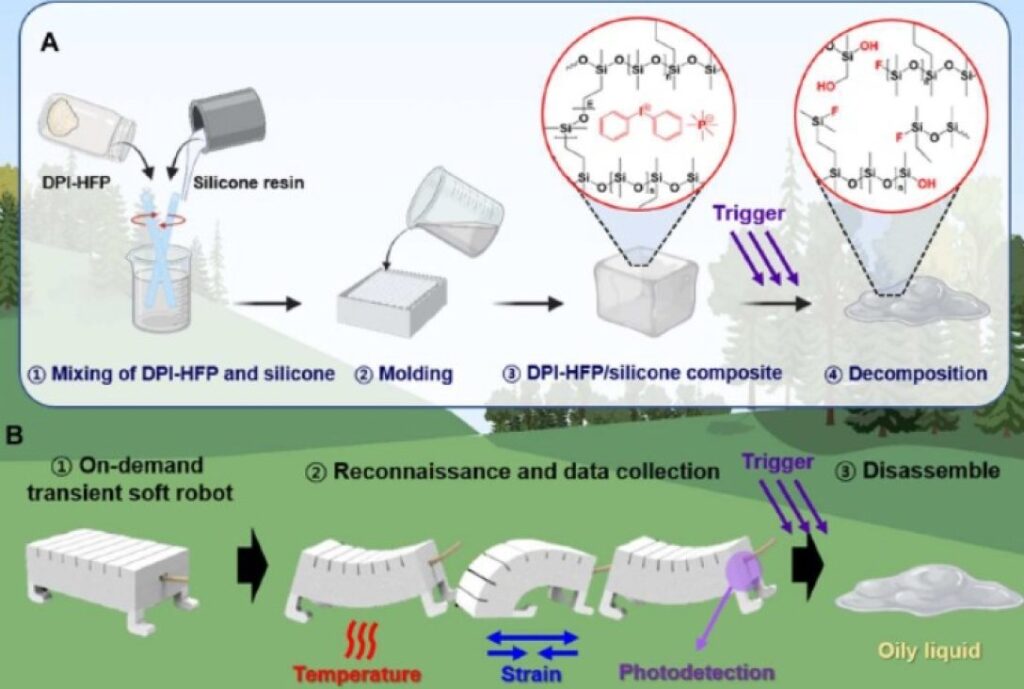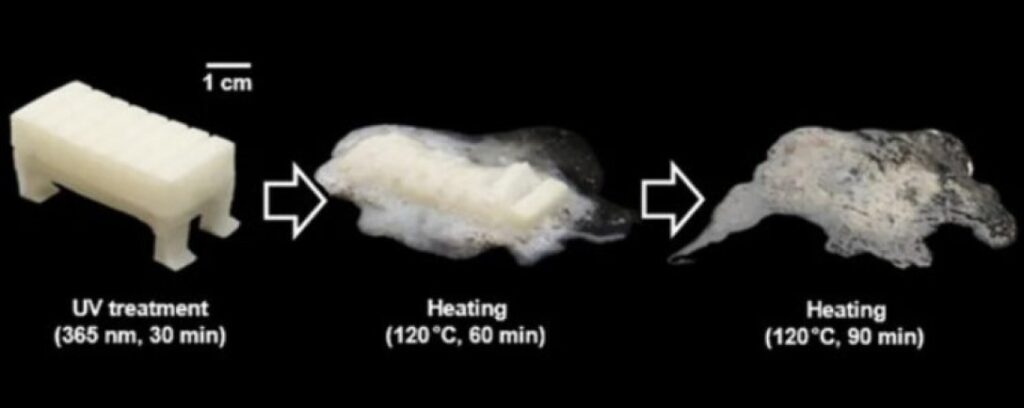
A robot that self-destructs after completing a task: scientists show a new development (photo)
Scientists are working to create robots that could end their lives after completing a task. The first step towards this development has already been taken.
According to a study published in the scientific journal Science Advances, researchers from South Korea have successfully created a small soft-bodied robot that turned into a puddle of mucus after completing its task.
Scientists want to create flexible robots that can perform a variety of tasks and at the same time have control over their lives. In other words, such robots can destroy themselves after achieving their goals.
South Korean researchers note that a distinctive feature of soft-bodied robots is their ability to move flexibly and adapt to the environment. For example, microscopic soft-bodied robots can be used to deliver drugs in hard-to-reach areas of our bodies, and larger robots can be used for research at great depths in the oceans and other hard-to-reach places.

Researchers have developed a soft-bodied quadrupedal robot that is only 3 cm long. This robot is made of diphenyliodonium hexafluorophosphate mixed with silicone resin. Inside the robot is thin-film electronics.
The main feature of the robot is its ability to become rigid and flexible at the same time. It uses a pneumatic drive to move, similar to the movement of a worm. However, the most interesting thing is that it can destroy itself, and this has been demonstrated during experiments.

Initially, the robot was tasked with investigating the target object and transferring the collected data to scientists. After achieving the goals, the robot activated ultraviolet LEDs inside itself, which destabilized its chemical composition. This caused the robot’s structure to disintegrate, and the high temperature caused it to melt. As a result of this process, the robot self-destructed, and only a liquid chemical puddle remained of it, along with its electronics.
The researchers found potentially toxic fluoride ions in the liquid puddle left by the robot after it self-destructed. So in the next experiment, they added calcium chloride to its composition to neutralize the toxins. However, the researchers admit that more work needs to be done to completely eliminate contamination of any environment where a robot destroys itself and leaves a puddle of slime.

